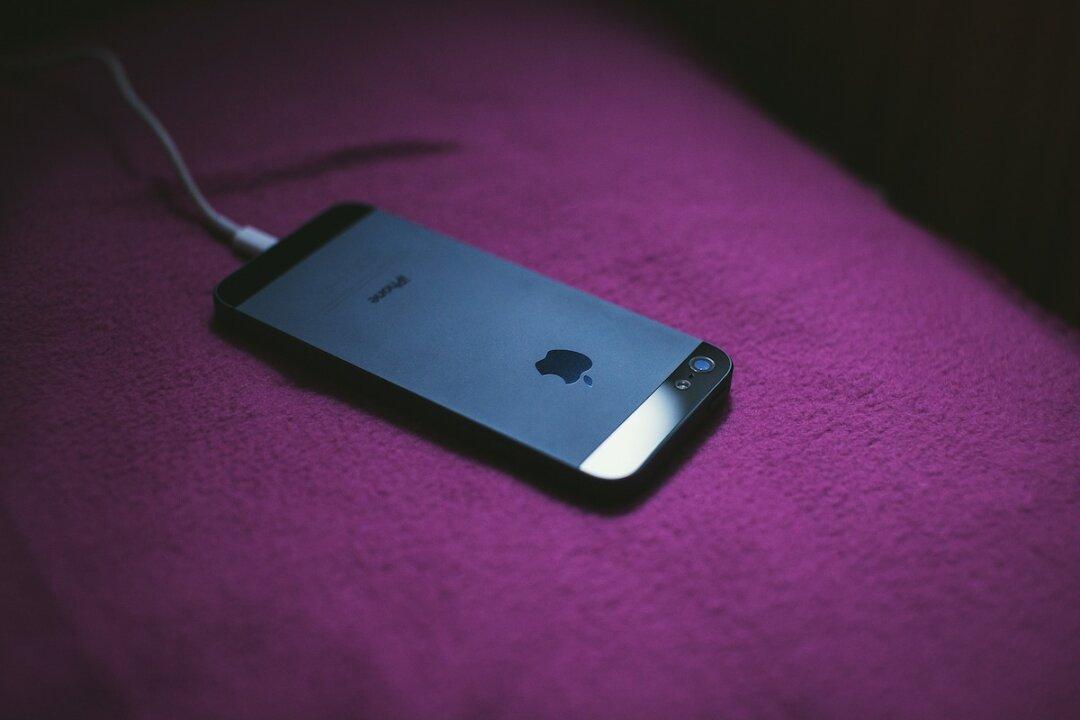A young woman suffered severe neck burns after her necklace came in contact with her generic cell phone charger, prompting experts to warn about the potential dangers of using these products.
The recent case study was published in the Annals of Emergency Medicine.





